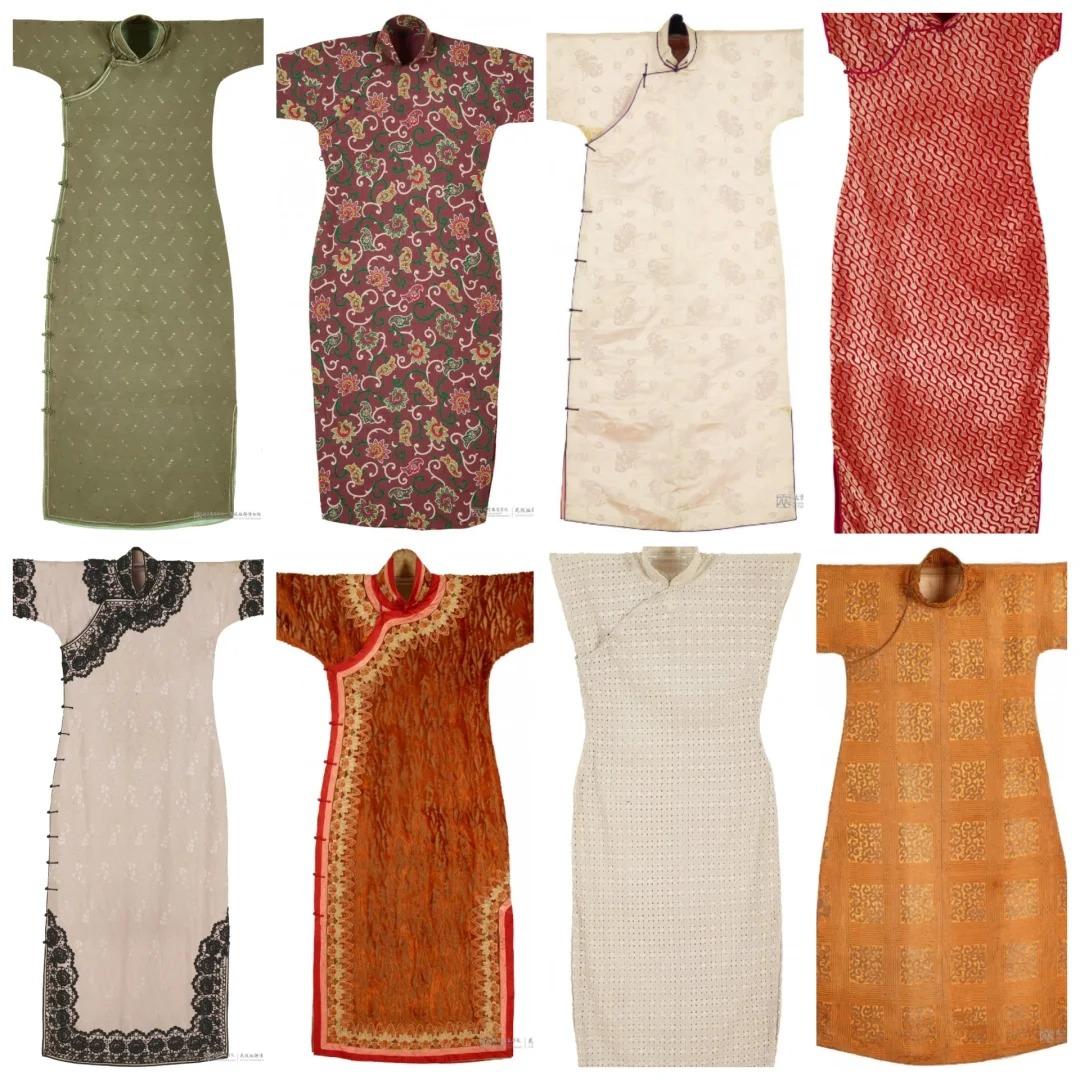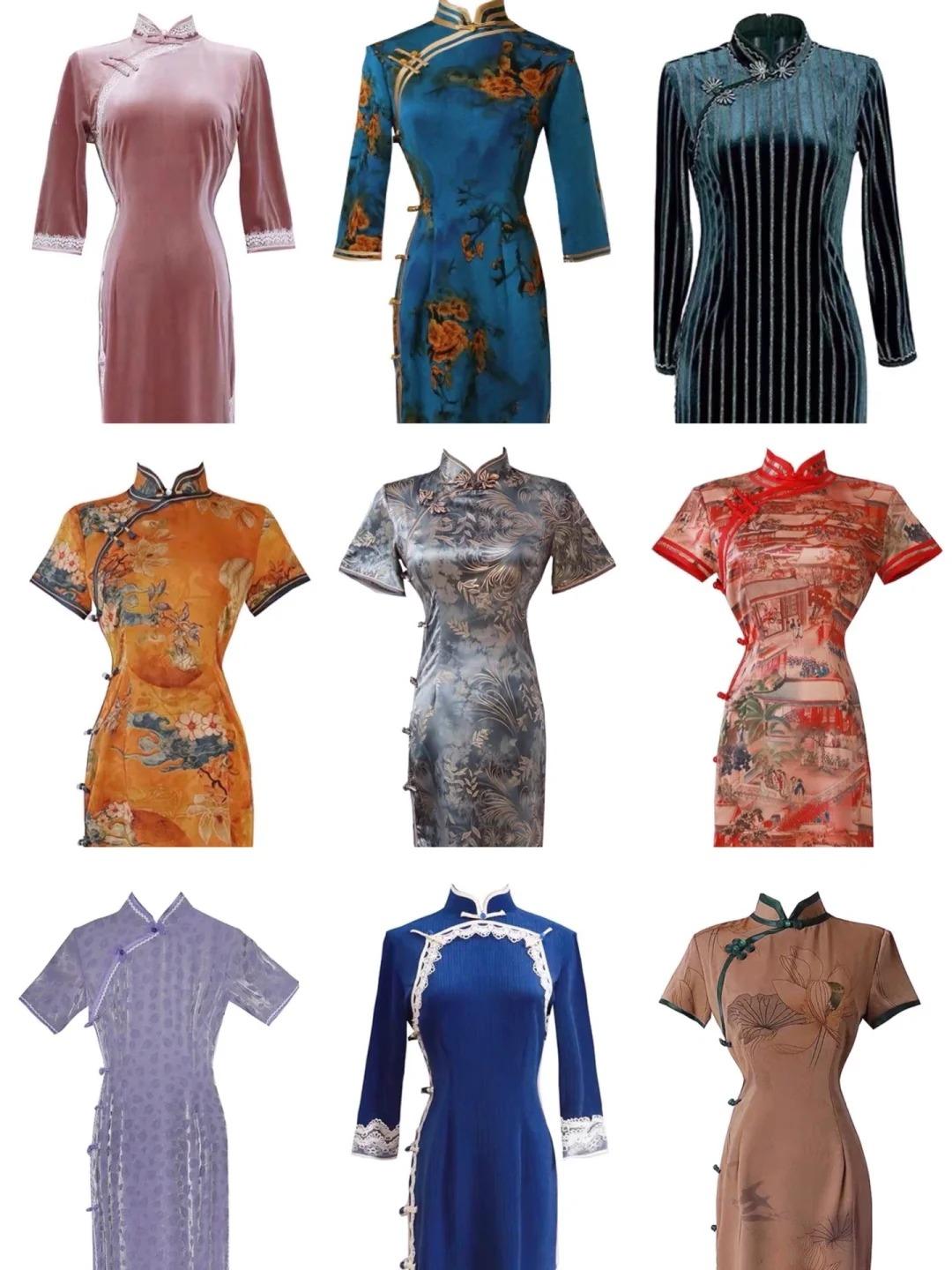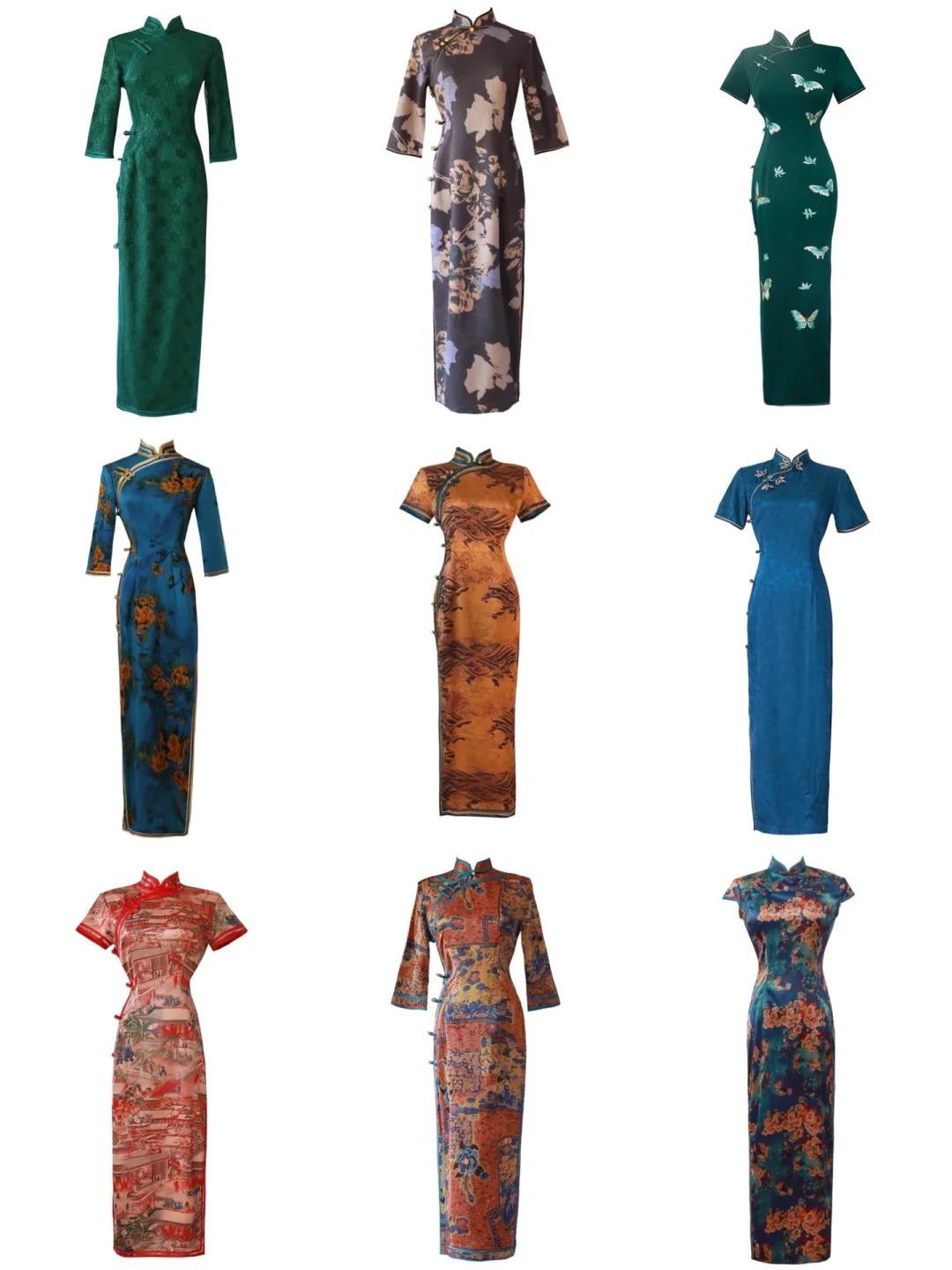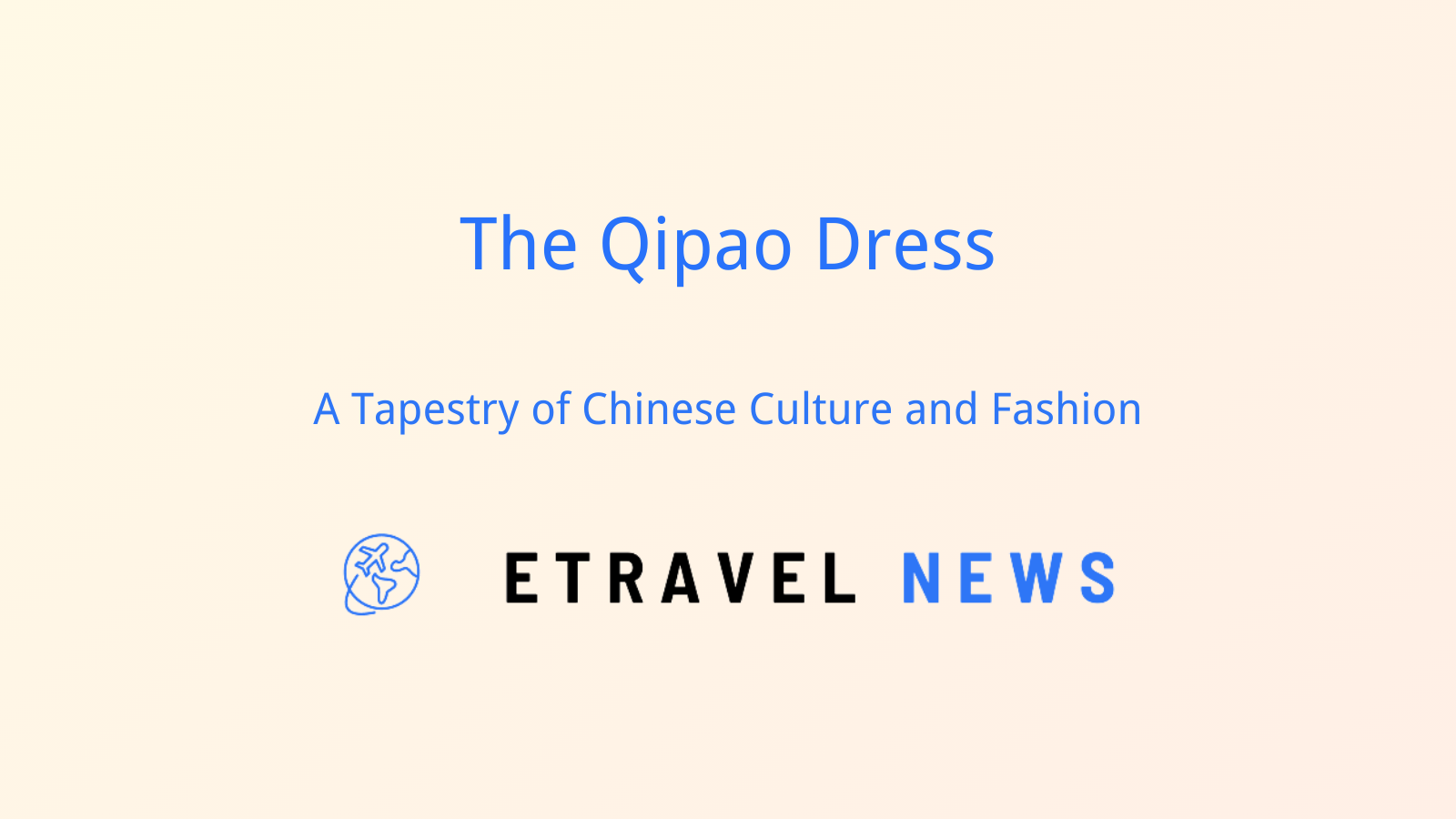Introduction to the Qipao Dress
The qipao, also known as cheongsam in Cantonese, is an iconic garment that embodies the essence of Chinese fashion. This form-fitting dress has transcended its origins as traditional attire to become a symbol of elegance and cultural pride.
From its humble beginnings in the Qing Dynasty to its status as a global fashion icon, the qipao has undergone a remarkable transformation. It represents the harmonious blend of Chinese heritage with modern aesthetics.
Today, the qipao continues to evolve, inspiring designers worldwide and serving as a bridge between China’s rich past and its dynamic present.

Historical Journey of the Qipao
Manchu Origins
The qipao’s roots can be traced to the Manchu people during the Qing Dynasty (1644-1912). Initially, it was a loose, wide garment worn by both men and women.
Shanghai Transformation
In 1920s Shanghai, the qipao underwent a dramatic transformation. Influenced by Western fashion, it became more fitted and stylish, symbolizing the modern Chinese woman.
Mid-20th Century Changes
The qipao’s popularity waned during the Cultural Revolution but persisted in Hong Kong and among overseas Chinese communities.
Contemporary Revival
Since the 1980s, there’s been a resurgence of interest in the qipao. It has been reinterpreted by fashion designers and continues to be worn at formal events and cultural celebrations.

Distinctive Features of the Qipao
The classic qipao is characterized by:
- High mandarin collar
- Form-fitting silhouette
- Side slits for ease of movement
- Distinctive fastenings (frog buttons)
Traditional fabrics include silk and brocade, while modern qipaos may use a variety of materials, including synthetic blends for easier care.
Common patterns and their meanings:
| Pattern | Meaning |
|---|---|
| Peony | Wealth and honor |
| Dragon | Power and strength |
| Phoenix | Grace and virtue |
Variations in style include different lengths (mini to full-length), sleeve types (sleeveless to long-sleeved), and degrees of fit (body-hugging to more relaxed).

The Craftsmanship Behind Qipao Making
Creating a traditional qipao is a meticulous process that requires skilled artisanship. Master tailors use techniques passed down through generations to ensure a perfect fit and exquisite detailing.
The fitting process is crucial, often requiring multiple sessions to achieve the ideal silhouette. Hand embroidery, when employed, can take weeks to complete, adding another layer of artistry to the garment.
Famous qipao makers include Shanghai Tang, known for their modern interpretations, and Linva Tailor in Hong Kong, renowned for their traditional craftsmanship.
Wearing the Qipao: Occasions and Styling
The qipao is versatile, suitable for various occasions:
- Formal events (weddings, galas)
- Cultural celebrations (Chinese New Year)
- Business functions
- Everyday wear (in more casual styles)
Styling tips:
- Choose a length appropriate for the occasion
- Opt for breathable fabrics in summer, heavier materials in winter
- Accessorize minimally to let the qipao shine
For different body types:
- A-line styles flatter fuller figures
- Vertical patterns elongate the silhouette
- High-waisted designs accentuate curves

Qipao in Contemporary Culture
The qipao has left an indelible mark on global fashion, inspiring designers from Yves Saint Laurent to Valentino. Its silhouette and motifs frequently appear on international runways.
In film and literature, the qipao often symbolizes Chinese femininity and cultural identity. Movies like “In the Mood for Love” have immortalized its elegance on screen.
Celebrities such as Fan Bingbing and Zhang Ziyi have popularized the qipao on red carpets worldwide, showcasing its timeless appeal and versatility.
Qipao Experiences for Travelers
For travelers seeking authentic qipao experiences:
- Shopping:
- Shanghai’s South Bund Fabric Market for custom tailoring
- Hong Kong’s Shanghai Tang for modern designs
- Beijing’s Rui Fu Xiang for traditional styles
- Museums and Exhibitions:
- Hong Kong Museum of History
- China National Silk Museum in Hangzhou
- Etiquette for visitors wearing qipao:
- Choose appropriate occasions (formal events, cultural celebrations)
- Avoid overly revealing styles out of respect for the garment’s heritage
Tips for caring for your qipao while traveling:
- Pack in a garment bag to prevent creasing
- Spot clean when possible, seek professional cleaning for delicate fabrics
- Store in a cool, dry place to prevent fabric damage
The qipao stands as a testament to China’s rich cultural heritage and its ability to evolve with the times. Whether worn as a statement of cultural pride or appreciated as a work of art, the qipao continues to captivate fashion enthusiasts around the world with its timeless elegance and intricate craftsmanship.






